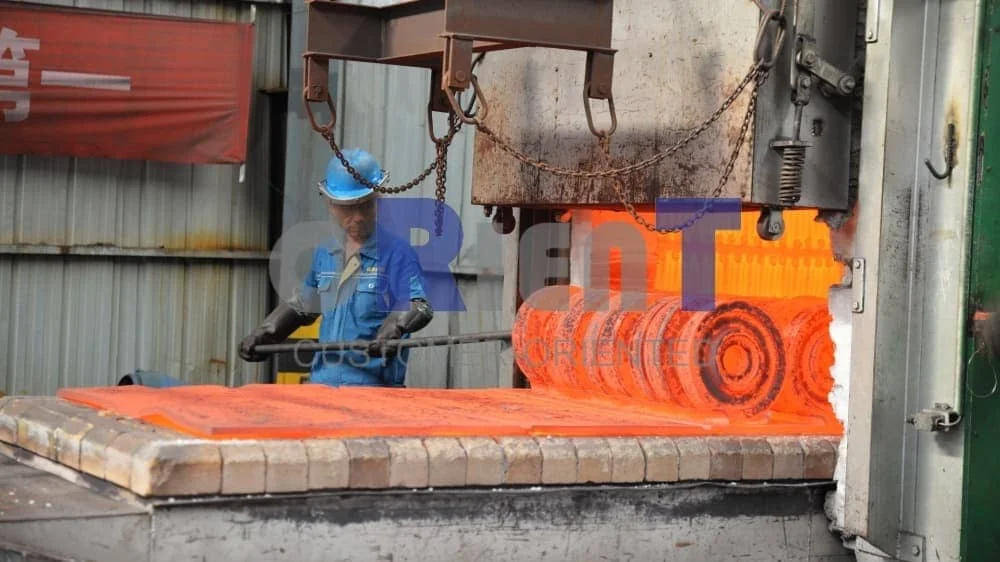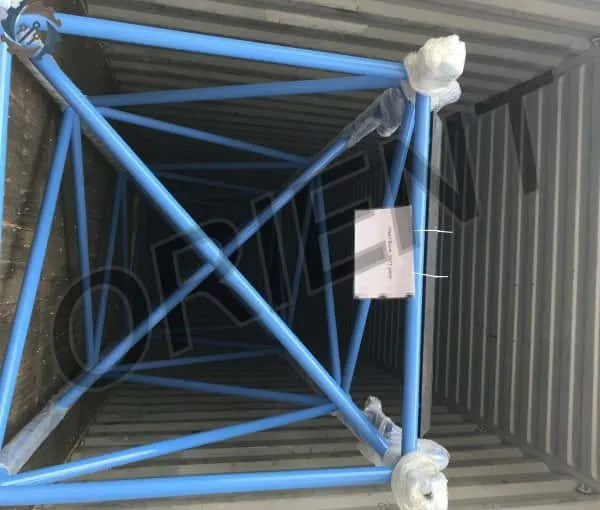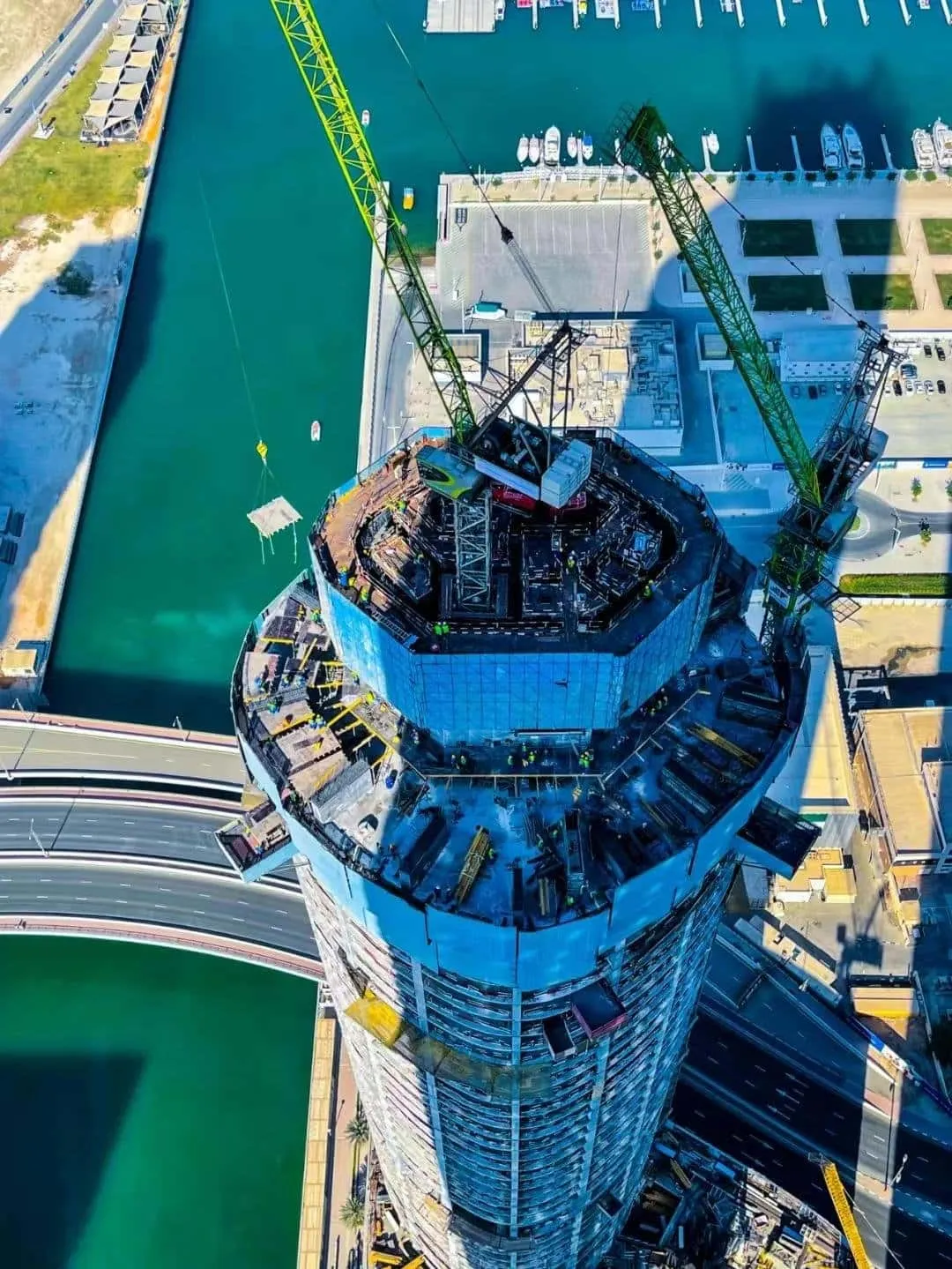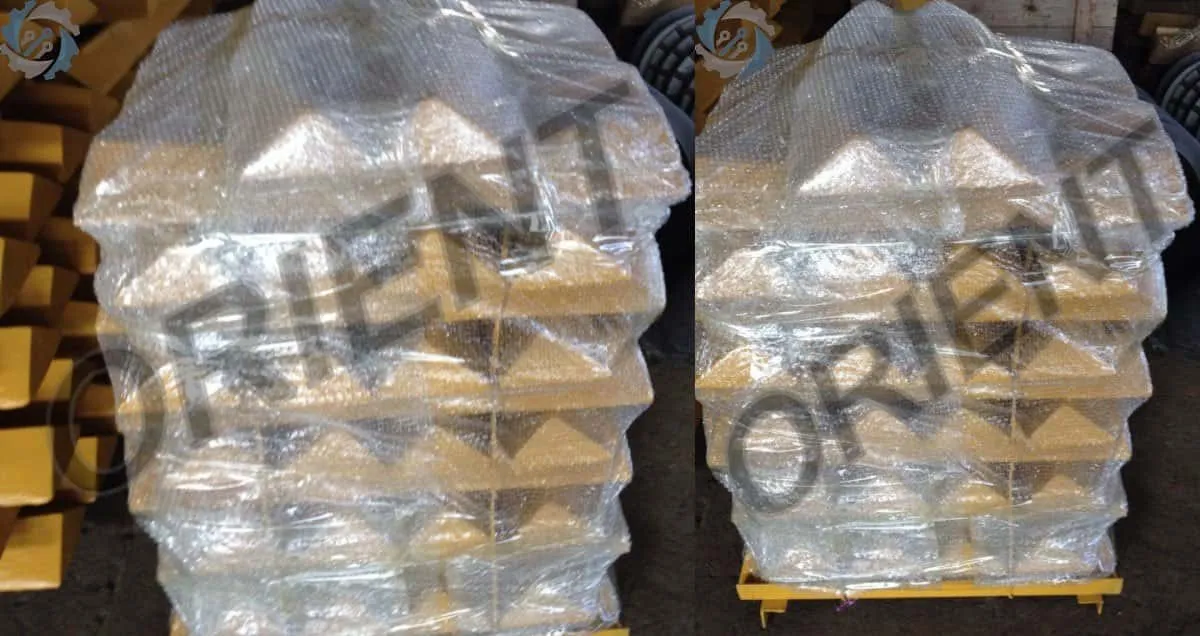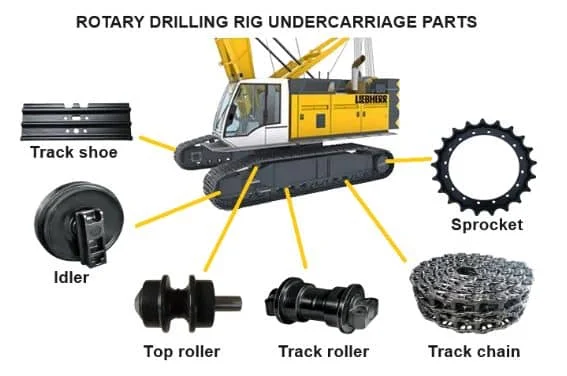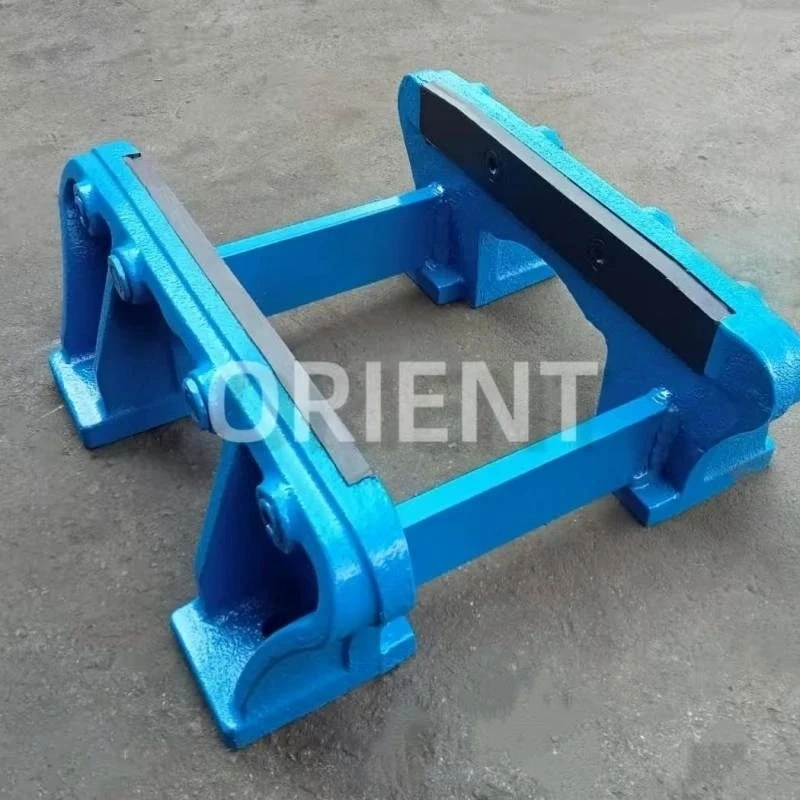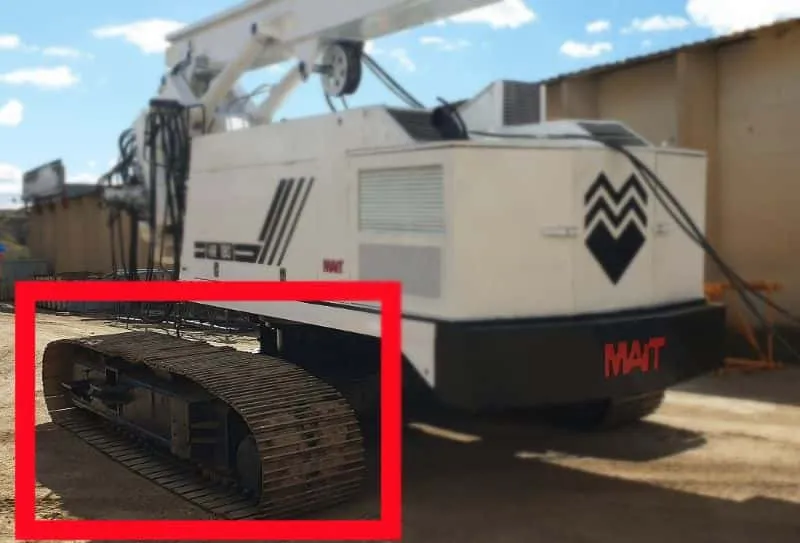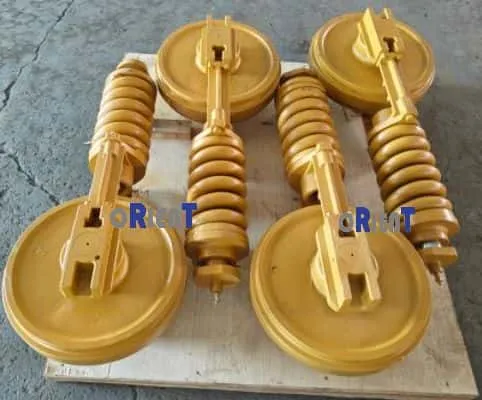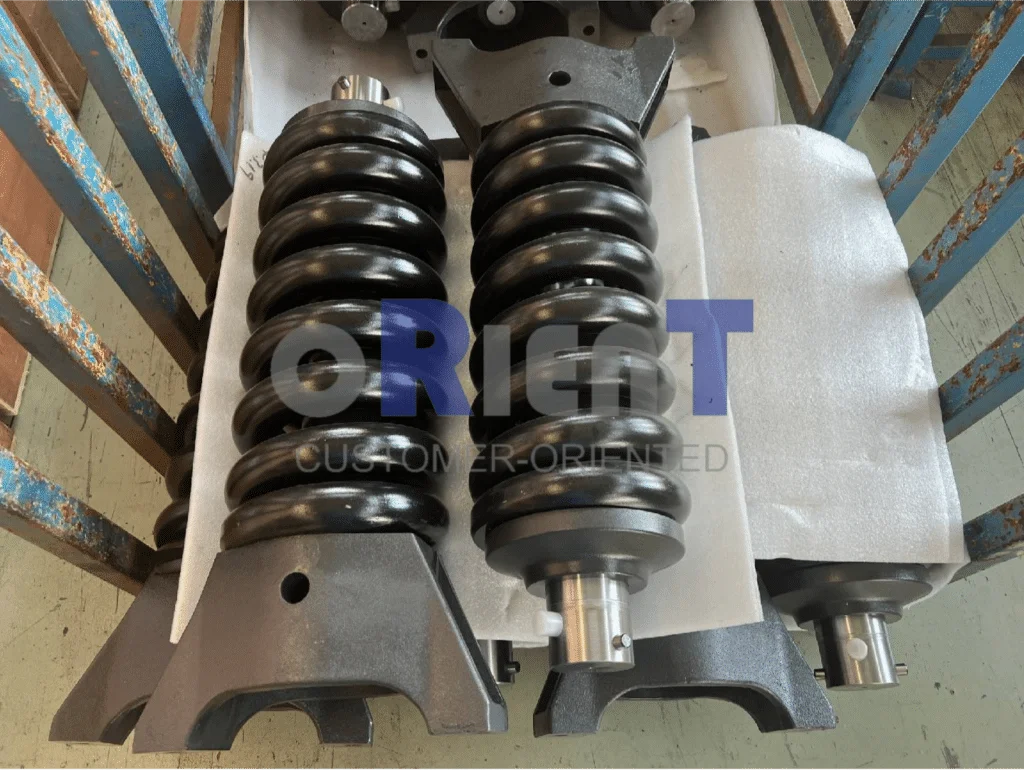Chain Link Types in Rotary Drilling Rig Undercarriage Systems
In the undercarriage system of drilling rigs, the crawler chain plays a vital role in transferring power and supporting the machine’s movement under heavy loads. Understanding the types of chain links used in different applications helps ensure optimal performance and longer service life.
There are two main categories of link assy (chain assemblies) used in foundation drilling equipment:
1. Sealed and Lubricated Crawler Chain
This type of chain link features built-in lubrication between the pin and bushing, protected by rubber seals. It significantly reduces friction and wear, providing longer lifespan and better reliability. Sealed link assy is widely used in rotary drilling rigs, crawler cranes, and other heavy-duty machinery working in tough jobsite conditions.
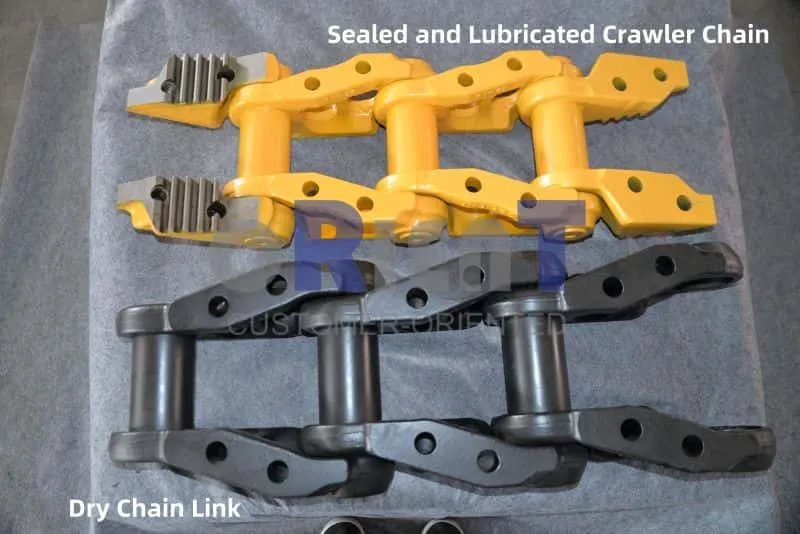
2. Dry Chain Link (Non-sealed Type)
Dry chains have no internal grease or sealing. These crawler chain types are more economical and easier to maintain but have a shorter service life due to higher wear. They are usually found in light-duty equipment or in temporary project use.
Yantai Orient supplies a full range of crawler chain assemblies, track shoes, bottom rollers, carrier rollers, idlers, and sprockets for rotary drilling rigs. Our products are compatible with major brands such as Bauer, MAIT, Soilmec,IMT and Sennebogen.
With OEM-level quality and strong inventory, we support global delivery and customization for your undercarriage requirements.
Related News
We often say our parts are “high-quality,” but what does that truly entail? With our latest shipment of Track Rollers (P/N: 3216719980) now en route to our partners, we want to lift the curtain and reveal the tangible engineering and rigorous processes that define this standard.
A regular customer ordered Doosan DX480 undercarriage parts. Thanks for the customer’s trust and long-standing cooperation. It lets us have enough motivation to improve the product quality and our service. Everyone in our team is dedicated to their duties as always, until the goods are shipped.
Shipment of Crawler Crane Sumitomo LS118RH3 Insert Boom Date: 22th, August, September, 2022 Description of Goods:
Dubai blue sky hotel project is the highest hotel building in the world, covering an area of 3662 square meters and a building area of about 102000 square meters. It includes 1100 hotel rooms, 320 meters high-altitude open-air swimming pool, 360 meters high-altitude restaurant and 5-level high atrium hanging garden. The structural design is complex, the construction is difficult and very cumbersome.
Shipment of CAT D4H Bulldozer Swamp Shoe Date: 11th, February, 2021 Description of Goods: 142 Piece of CAT D4H Bulldozer Swamp Shoe Total Weight: 3 TONS
Wear of the crawler track. Wear between the track pin and the pin bushing is inevitable, but this wear will stretch the track pitch and make the track too large. If this wear continues, the track will move sideways, causing wear on the idler, track rollers, and sprockets, while also exacerbating the wear on the track pin and bushing.
In the grand blueprint of infrastructure construction, every rotary drilling rig plays a crucial role. But have you ever wondered why some equipment can operate consistently and efficiently under harsh working conditions, while others frequently malfunction? The answer often lies in unnoticed details, such as the unsung hero of the rotary drilling rig – the chain guard.
Tired of constant downtime and rising maintenance costs caused by undercarriage failures? We understand how critical reliable undercarriage components are to your operations. That’s why we supply top-quality Mait HR180 undercarriage parts engineered for durability, performance, and seamless integration.
A regular customer from the United Arab Emirates, cooperating for many years, has been buying parts from us continuously. Recently, they ordered 2 complete sets of KR806-4 undercarriage parts, some are customized parts with drawings. Now all the goods have been sent to Qingdao port, have been released from customs, just waiting for the vessel departure.
As a supplier of undercarriage parts for rotary drilling rigs, we understand that customization is key to enhancing performance and longevity. To streamline the process and ensure precision, here’s how we optimize customization based on your specific needs:





